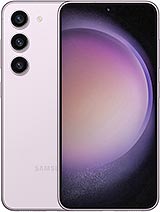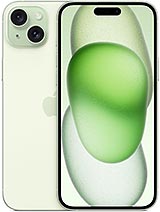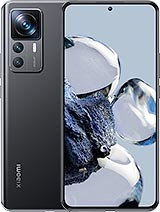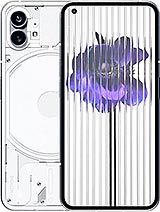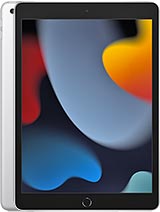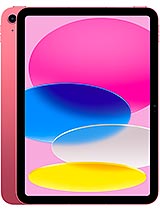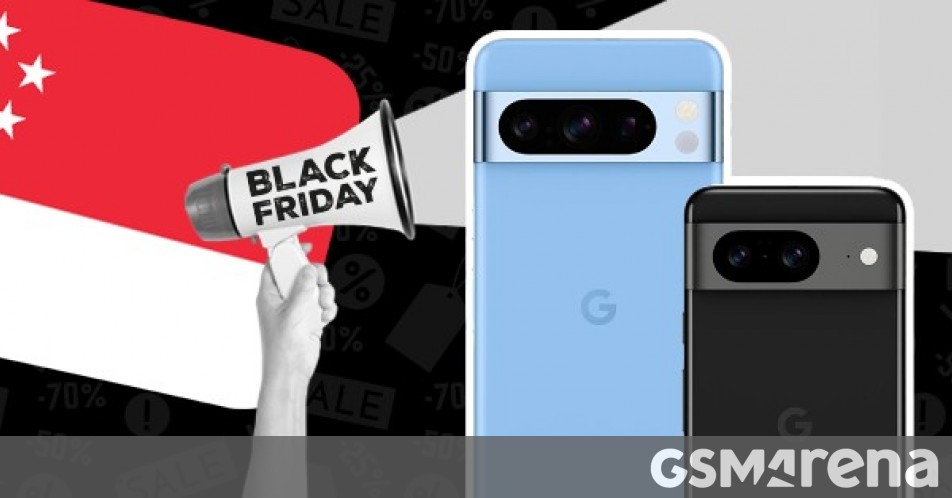
While Android is open source, individual brands try to be first among equals – especially Google, which guides the look, feel and features of the OS with a new version every year. And its Pixel phones, of course.
The Google Pixel 8 and Pixel 8 Pro are in for 7 years of support – both software and hardware (no, not warranty, but there will be spare parts available until 2030). The Pixel 8 Pro is the better of the two with a 6.7” LTPO display (1,344 x 2,992px) a 48MP 5x periscope and a 48MP ultra wide camera.
The smaller Pixel 8 (it’s small, not tiny) has a regular 6.2” OLED display with 120Hz refresh rate and FHD+ resolution. It not only loses the periscope lens, its ultra wide is also demoted to a 12MP sensor. This one has a smaller battery (4,575mAh vs. 5,050mAh) too. However, it has the same Tensor G3 chipset as the Pro.
If the 8-series is too pricey for you, check out the Pixel 7a. It uses the older Tensor G2 chip and will only receive two more OS updates (it already got Android 14) and security patches for 5 years. It has a 64MP main camera with OIS and a 13MP ultra wide, plus a 6.1” FHD+ OLED display with 90Hz refresh rate. These things don’t sound too impressive, but they are major upgrades over the 12MP main camera and 60Hz display of the 6a.
But if the Pixel 8 isn’t too pricey, you’re just not happy with the feature set, consider the Samsung Galaxy S23. It doesn’t have an LTPO display either, but it is more compact by a few millimeters. And it has the more efficient Snapdragon 8 Gen 2 for Galaxy, which gives it a noticeable advantage in battery life despite having a smaller capacity. And it supports the DeX desktop environment over USB-C. Also, it has a tele camera – a 10MP 3x module.
Hopping over to the iOS side of the fence, the Apple iPhone 15 Plus is large and it has great battery life. The 6.7” 120Hz OLED display (1,290 x 2,796px) is as large and as bright as the 15 Pro Max display, though that one is an LTPO panel. Still, this year the Plus has a Dynamic Island instead of a notch. And a 48MP main camera, which helps balance out the lack of a tele lens on board, at least a little bit.
And we’re back to Android. The Xiaomi 12T and 12T Pro are quite similar, the question is this – Dimensity 8100 Ultra or Snapdragon 8+ Gen 1. Also, 108MP main camera (1/1.67”) or 200MP (1/1.22”)? And, of course, how much are you willing to pay? Both phones have the same display, a 6.67” 12-bit 120Hz panel with 1,220 x 2,712px resolution, the same basic 8MP ultra wide camera and the same 5,000mAh battery with 120W wired-only charging.
If you’re leaning towards the 12T price tag, compare it to the Nothing Phone (1). Its display is a bit less impressive, a 6.55” OLED with FHD+ resolution and 120Hz refresh rate, but you do the Snapdragon 778G+ chipset, which is more efficient goes longer on the smaller 4,500mAh battery (which does 33W wired and 15W wireless charging). For cameras, the main module is less impressive (50MP 1/1.56”) but the ultra wide has a 50MP sensor. Note that Xiaomi is promising 4 OS updates for the 12T and 5 years of software support, Nothing has only committed to 3 OS updates for the Phone (1) (both phones started with Android 12).
If you’re on the lookout for new headphones, the Google Pixel Buds Pro have a small discount. They offer good audio quality and excellent battery life, the ANC is not perfect, however.
But if you picked an iPhone, the Apple AirPods Pro 2 offer much better integration with Apple devices (and very poor for Android devices). These have great sound, ANC and battery life, but do note that this is the older version with a Lightning port for charging.
If you don’t want to pick a side between Android and iOS or just want over-ear headphones, the Sony WH-1000XM4 are still a solid pick – the XM5 offer better ANC in the mid and treble range, but their new hinge design isn’t as flexible. Either way, the XM4 are a great pick for the money.
We will wrap up with two tablets – two iPads, specifically. The vanilla Apple iPad from 2021 cots less than half what the 2022 model does. It has a similar screen (10.2” vs. 10.9”) and while its chipset is a year older (A13 vs. A14), it should be fast enough for most daily tasks (it’s the chipset from the iPhone 11 generation). Note that the 2021 model has a Lightning port, while the 2022 model switched to USB-C.
We may get a commission from qualifying sales.

